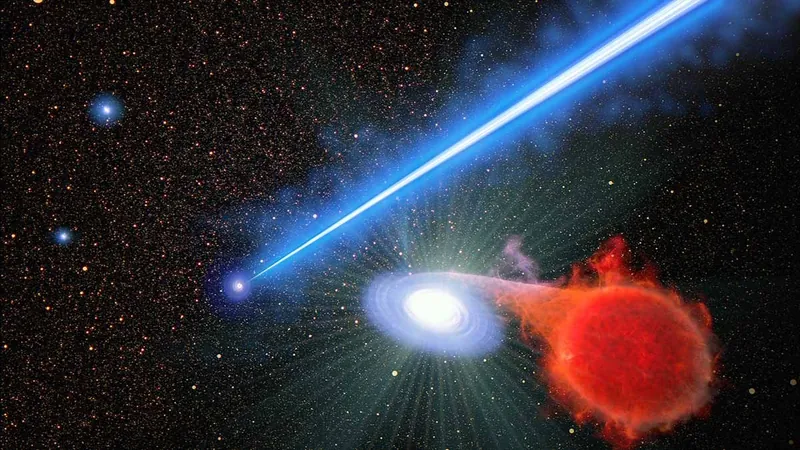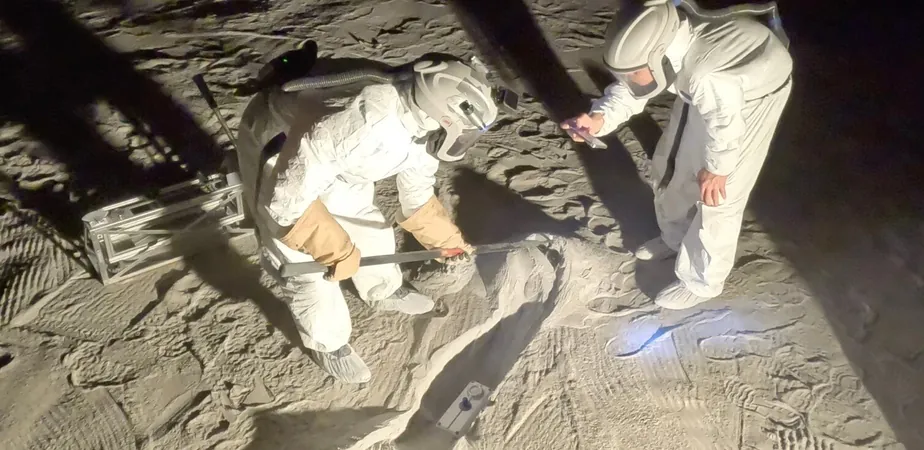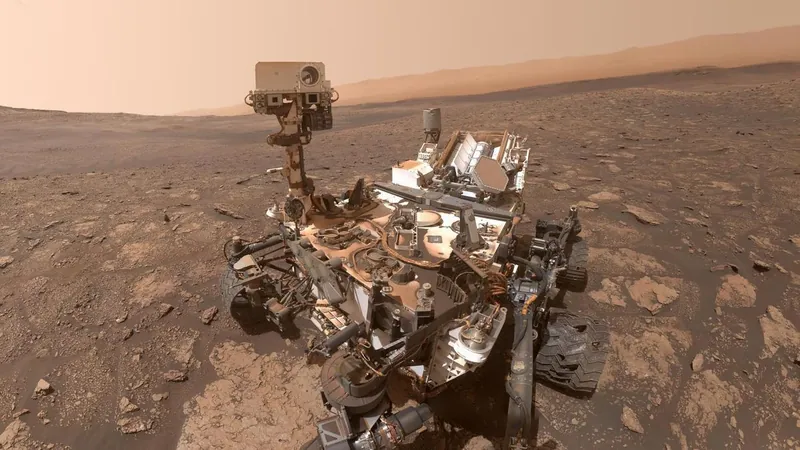
Hubble Unveils Spectacular Star Explosions Near a Smoking Supermassive Black Hole!
2024-09-29
In a groundbreaking discovery, the Hubble Space Telescope has detected a staggering phenomenon: stars are exploding near the powerful jets of plasma hurling from a supermassive black hole located in the heart of the elliptical galaxy M87. This jet stretches an astonishing length of 3,000 light-years, effectively painting a cosmic canvas filled with the brilliant light of stellar explosions.
What Are Novae?
The term ‘nova’ translates to 'new star,' and it refers to celestial bodies that dramatically brighten in the night sky, creating the illusion of new stars emerging. A prime example is the renowned Blaze Star, T Coronae Borealis. In binary star systems, novae are triggered when a larger, aging star transfers hydrogen onto its white dwarf companion. This hydrogen accumulates until it reaches a critical mass, resulting in a spectacular explosion akin to a hydrogen bomb.
Interestingly, novae events are not uncommon in the galaxy M87, where they erupt with a frequency of about one explosion per day. With at least 100 billion galaxies observable in the universe, it's estimated that around one million novae bursts occur every second!
Recent studies suggest that the jet protruding from M87’s black hole enhances this nova activity, potentially accelerating the formation of new binary star systems nearby.
The Jet's Mystique
Astronomers have been exploring the significance of the black hole jet's influence on surrounding star systems. Lead researcher Alec Lessing from Stanford University expresses excitement over these findings, stating, "We don’t completely understand the interaction, but it highlights gaps in our comprehension of how black hole jets influence their environment."
These jets, often associated with black holes, are impressive cosmic phenomena that can outshine entire galaxies. The supermassive black hole at M87's core is a gigantic entity, weighing in at 6.5 billion times the mass of our Sun. Anything unfortunate enough to lie in the path of this destructive jet would face inevitable obliteration.
However, Hubble's observations reveal that even a nearby proximity to such jets can lead to disastrous outcomes for surrounding stars. The data illustrates that the rate of nova eruptions near the jet is double that seen elsewhere in the galaxy, prompting speculation about the dynamics at play.
What's Behind the Increased Nova Activity?
The investigation raises tantalizing questions: Why do we see more novae near the black hole jet? One hypothesis suggests that the jet may be "snowplowing" hydrogen fuel onto the white dwarfs, accelerating their explosive behavior. There’s also the possibility that the intense light pressure from the jet itself could be influencing these stellar systems.
Astrophysicists theorize that the environment created by the jet might heat the companion stars of the white dwarfs, compelling them to release even more hydrogen. Yet, it remains a conundrum; the heating alone doesn’t seem sufficient to explain the observed uptick in nova activity.
Co-investigator Michael Shara from the American Museum of Natural History stresses the significance of this findings, stating, "While we are not the first to theorize increased activity near M87's jet, Hubble has provided us with clear, statistically significant evidence of these phenomena."
A Historical Perspective
This is not Hubble's first venture into studying the mysteries of M87. Since its launch in 1990, Hubble has aimed its powerful lens at the supermassive black hole, uncovering transient events suggesting nova activity even back then. The latest study involved an extensive nine-month observational campaign using advanced instruments, culminating in the identification of 94 novae across a third of M87.
"We didn’t only focus on the jet; we surveyed the entire inner galaxy. The results spoke for themselves,” Shara remarked, delighting in the discoveries made simply from Hubble's clear images.
As astronomers delve further into these cosmic mysteries, the continuous revelations from Hubble promise to reshape our understanding of black holes and their striking impact on the universe around them. Stay tuned, as the universe has many more secrets waiting to be unveiled!




 Brasil (PT)
Brasil (PT)
 Canada (EN)
Canada (EN)
 Chile (ES)
Chile (ES)
 España (ES)
España (ES)
 France (FR)
France (FR)
 Hong Kong (EN)
Hong Kong (EN)
 Italia (IT)
Italia (IT)
 日本 (JA)
日本 (JA)
 Magyarország (HU)
Magyarország (HU)
 Norge (NO)
Norge (NO)
 Polska (PL)
Polska (PL)
 Schweiz (DE)
Schweiz (DE)
 Singapore (EN)
Singapore (EN)
 Sverige (SV)
Sverige (SV)
 Suomi (FI)
Suomi (FI)
 Türkiye (TR)
Türkiye (TR)